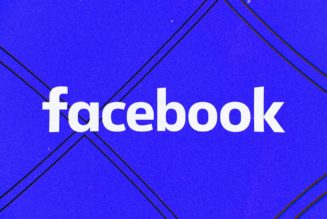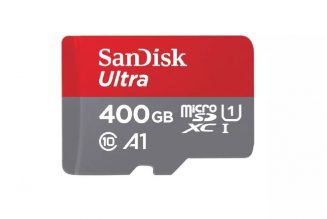Climeworks says a third-party auditor has verified its carbon removal for Microsoft, Stripe, and Shopify.
:format(webp)/cdn.vox-cdn.com/uploads/chorus_asset/file/24358122/1235138614.jpg)
Microsoft, Stripe, and Shopify are officially the first companies in the world to pay to filter their carbon dioxide emissions out of the air, store those emissions underground, and have that service verified by a third party. Climate tech company Climeworks announced yesterday that it had completed the service, and its third-party verification of the carbon removal marks a first for the emerging industry.
In 2021, Climeworks opened up the world’s largest direct air capture (DAC) plant, called Orca, which essentially filters carbon dioxide out of the ambient air. That captured carbon is then supposed to be trapped in basalt rock formations permanently, keeping the greenhouse gas from lingering in our atmosphere and heating up the planet.
The tech sort of mimics what forests and trees do naturally when they take in and store carbon dioxide, a process companies have attempted to exploit for years as a way to “offset” their carbon dioxide emissions. But forest offsets have a track record of failing to result in any real-world reductions of greenhouse gas emissions. That quality control problem makes verifying carbon removal from new direct air capture facilities crucial.
“We’ve been all reading about the market of carbon offsets and the shakiness,” says Julie Gosalvez, chief marketing officer at Climeworks. “We rely on people who trust that we’re building those [DAC] plants, and we’re effectively running them and delivering the service. And now, it’s not us saying we do but having third-party verification.”
Auditing company DNV certified the carbon removal for Climeworks following a years-long effort to develop criteria. Since this is an industry first, they had to craft a methodology for checking how much carbon dioxide has been pulled out of the atmosphere, transported, and permanently stored. The methodology is now publicly available and will be used to verify future “batches” of CO2 that’s been captured and stored for customers.
Climeworks declined to say how much captured CO2 was in this first batch, citing confidentiality agreements it has with its customers. Microsoft, for one, pledged in 2020 to eventually draw down all of its historic emissions. The company has contracts to remove at least 2.5 million metric tons of CO2 (about 18 percent of its total emissions in fiscal year 2021), according to its latest environmental sustainability report. That includes forestry projects and direct air capture.
To date, there are far from enough direct air capture plants online to meet Microsoft’s goal. Orca alone has the capacity to capture just 4,000 tons annually; all of the world’s operational DAC plants combined can capture 0.01 million metric tons of CO2 a year. Much larger facilities are currently under construction.
But the lack of capacity is one reason why some environmental advocates are concerned that carbon removal could give polluters a way to greenwash their operations. Companies might pledge to capture their emissions down the line, even as their pollution continues to grow now, advocates argue. Microsoft’s emissions actually increased by about 2.5 million metric tons in fiscal year 2021 compared to the year prior, which the company says is mostly a result of its growth in device sales and cloud services.
Tech companies have been early cheerleaders for carbon removal. A separate Big Tech-backed carbon removal initiative called Frontier announced this week that it has recruited more companies. Stripe, Alphabet, Meta, Shopify, and McKinsey launched Frontier last April with the goal of scaling up carbon removal and making it more affordable. Carbon removal is still prohibitively expensive for many smaller companies. A single ton of carbon removed by Climeworks costs around $600 for a company like Microsoft, Climeworks told The Verge when Orca launched back in 2021. (It declined to share any updated figures today.)
Earlier this week, Frontier announced a new partnership with climate platform Watershed, which measures emissions and coaches other companies on their climate goals. The partnership allows smaller companies to aggregate their buying power, making it easier for them to buy into carbon removal schemes. The first new customers to jump aboard via Watershed include Canva, Zendesk, and aviation startup Boom Supersonic.
It’s no big surprise that tech companies have been pioneering customers for Climeworks, Gosalvez tells The Verge. “I think there are a couple of reasons for that: the first one being obviously the affinity to find tech as the solution to issues,” she says. “Second being the open-mindedness to new things.”









